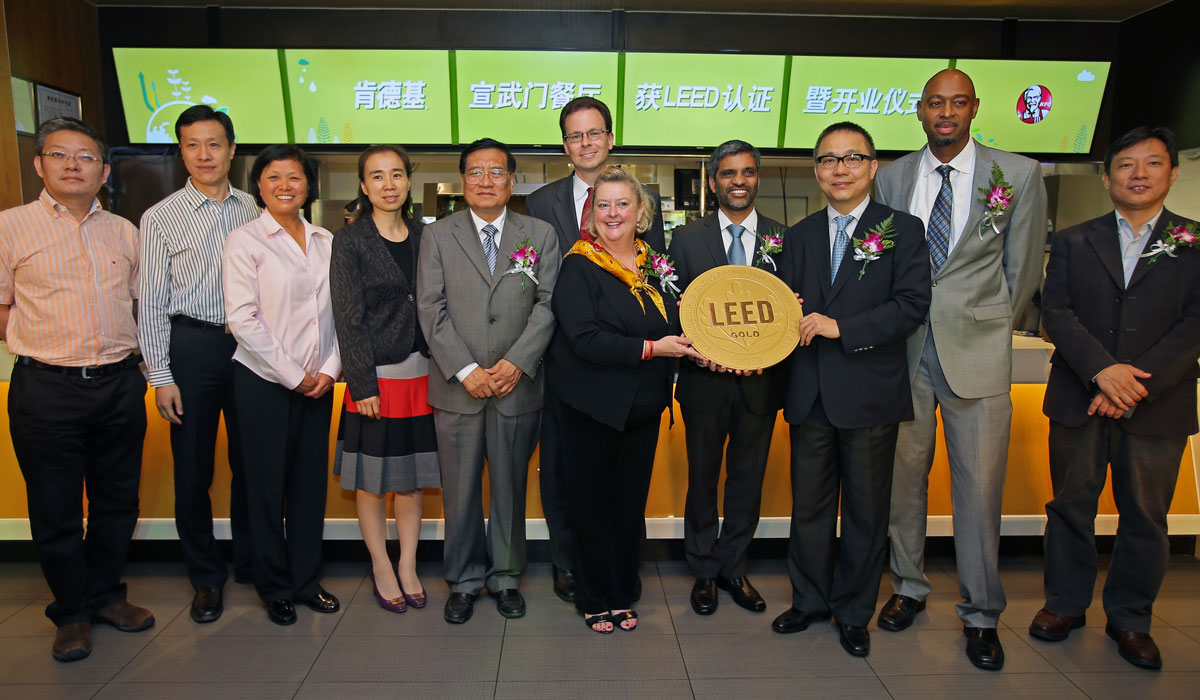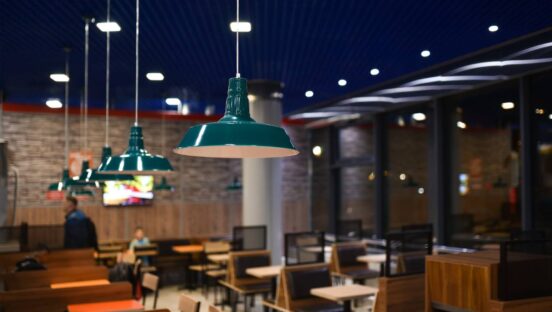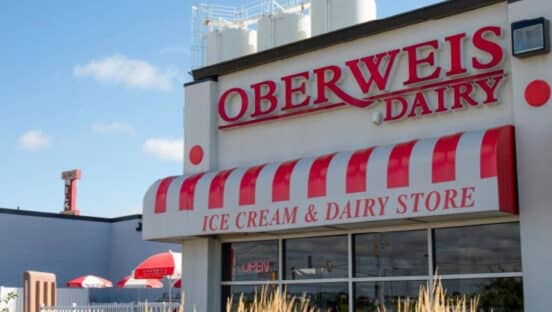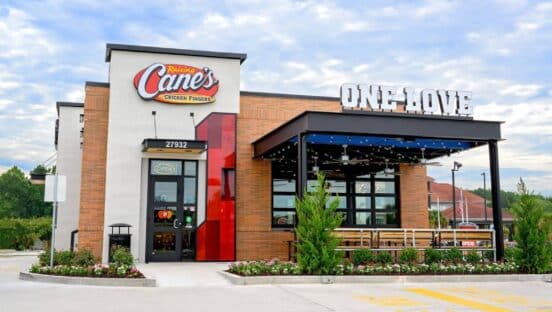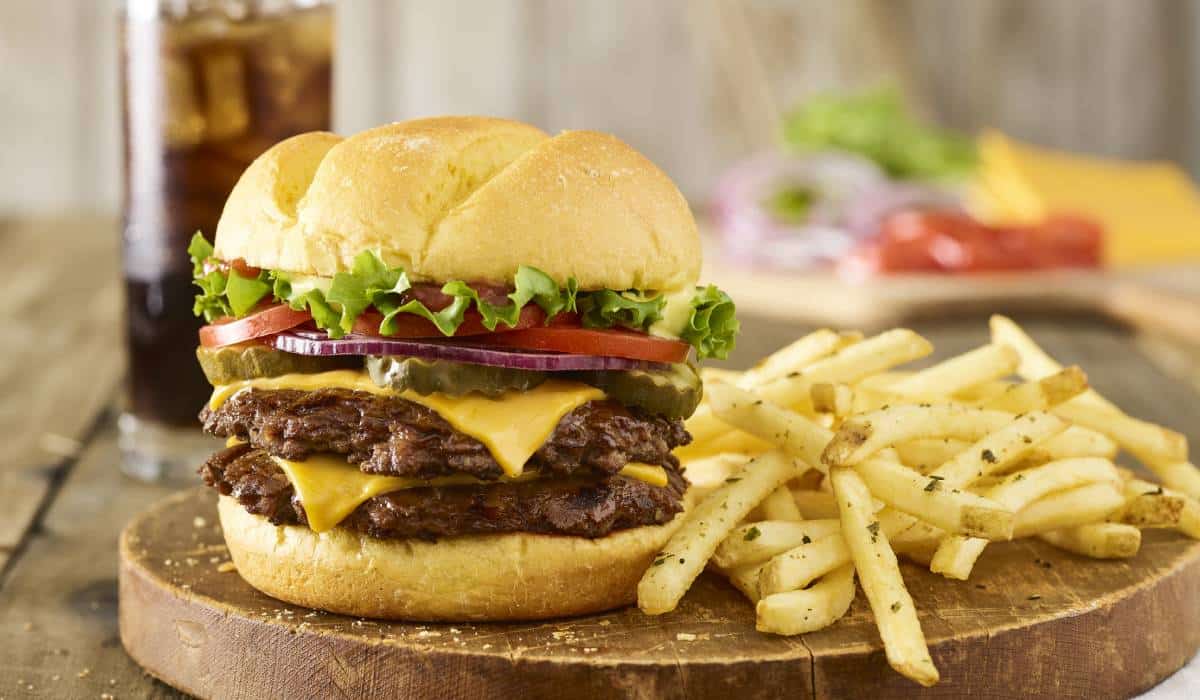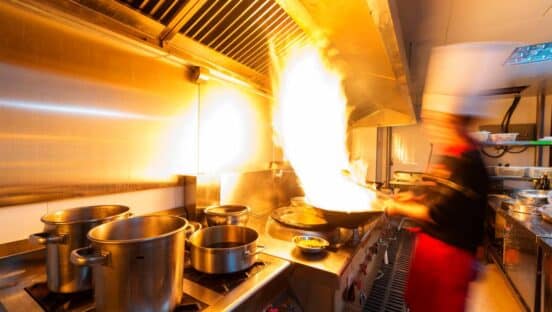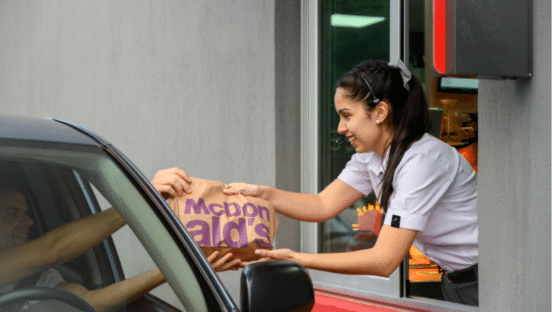Salad brand MIXT opened its doors in 2006, welcoming customers into one of the first environmentally conscious fast-casual structures in the U.S. The building conserved water and energy, offered ethical ingredients and sustainable takeaway containers, and even educated customers about its innovative design with cards displayed throughout the restaurant.
“From the get-go, our goal was to bring people high-quality, healthy meals and to do it in a way that was completely environmentally responsible,” says Leslie Silverglide, cofounder and CEO of the San Francisco–based brand.
Buildings and construction account for 40 percent of total energy-related CO2 emissions worldwide, reports the Global Alliance for Buildings and Construction. “We don’t look at [green building] as a marketing opportunity necessarily,” Silverglide says. “It’s the right thing to do.”
Customer awareness of construction and its environmental implications is on the rise, and building responsibly can boost customer interest and loyalty. “Consumers really are paying attention to this,” says Stefanie Young, vice president of technical solutions at the United States Green Building Council (usgbc). “They’re looking for corporate and local responsibility.”
The USGBC offers a special certification called LEED (Leadership in Energy and Environmental Design) that signifies “quality and achievement in green building.” It is the most widely used green building certification program in the world and offers specific certifications for different types of buildings, from new construction to renovated spaces. Young specializes in the retail category, which includes restaurants; thus far, about 300 restaurants or foodservice stores have gone through the certification.
KFC is one of them. The fried-chicken brand has 30 LEED-certified restaurants throughout the U.S. and the world, including in countries like China, Australia, South Africa, and Thailand. “LEED-certified buildings can have up to 30 percent savings in energy and water use, so it was an easy decision to pursue LEED certifications for our restaurants when we considered the environmental impact and benefit to the bottom line for our franchise partners,” says Suparna Ukey, a LEED-certified architect and associate manager of design and architecture at KFC. “We believe our customers and employees expect us to be responsible stewards of the environment, and both our LEED-certified restaurants and our KFC Building Green program help us meet those expectations.”
MIXT also touts the savings associated with green building. None of its early stores, including the 14-year-old first unit, have needed renovations beyond simple paint jobs. Silverglide says that longevity is almost unheard of in an industry that typically sees renovations every five to seven years.

The chain’s high-quality building materials also help keep its environments safe for employees and guests. The company looks specifically for materials that don’t contain volatile organic compounds (vocs), substances that are dangerous to breathe in and that are present in particle board, many paints and adhesives, and other common building materials. “If someone comes into a new MIXT, before we start preparing food, they shouldn’t smell anything. That new-building or new-car smell comes from dangerous chemicals,” Silverglide says.
Healthy environments are factored into the LEED certification criteria, a holistic rating system that evaluates energy efficiency, water conservation, waste management, transportation, and the human experience. Restaurants have ample opportunities to make their stores greener and improve quickly or incrementally over time, Young says.
For brands looking to increase structural sustainability on a budget, USGBC offers educational sessions on everything from negotiating green lease terms to upping energy efficiency. Many of these tools are available for free, while LEED credentials can be an added cost.
MIXT has used the free USGBC resources to help evolve the brand along with the green building movement, but Silverglide says credential costs prevent the chain from becoming LEED-certified. Instead, the team follows the LEED guidelines, seeks out certified buildings for new leases, and advocates for green business practices among other restaurants and in the cities and neighborhoods where it builds stores.
KFC franchisees decide themselves if they want to pursue LEED certification, but have strong encouragement from corporate to follow the brand’s set of construction standards, part of the brand’s Building Green program. Ukey says KFC has benefited from LEED, even among stores that aren’t certified. “Our LEED buildings serve as incubators of innovation to test opportunities to reduce energy and water consumption, learn about green building materials, evaluate site design, and improve waste-handling in ways that make good business sense and leave a lighter footprint on the planet,” she says.
The efforts aren’t without payoff: From 2005 to 2017, KFC and Yum! Brands reduced energy by 22 percent and water consumption by 10 percent among company-owned and participating franchise units. Ukey says the company aims to reduce both water and energy usage by an added 10 percent by 2025.
There’s never been a better time to make these kinds of changes, either, as green building codes are increasingly mandated by cities. “[Climate change is] a man-made problem, and it’s going to take human-driven solutions. Green building is definitely one of the best ways companies can take climate action and support an immediate impact,” Young says.

